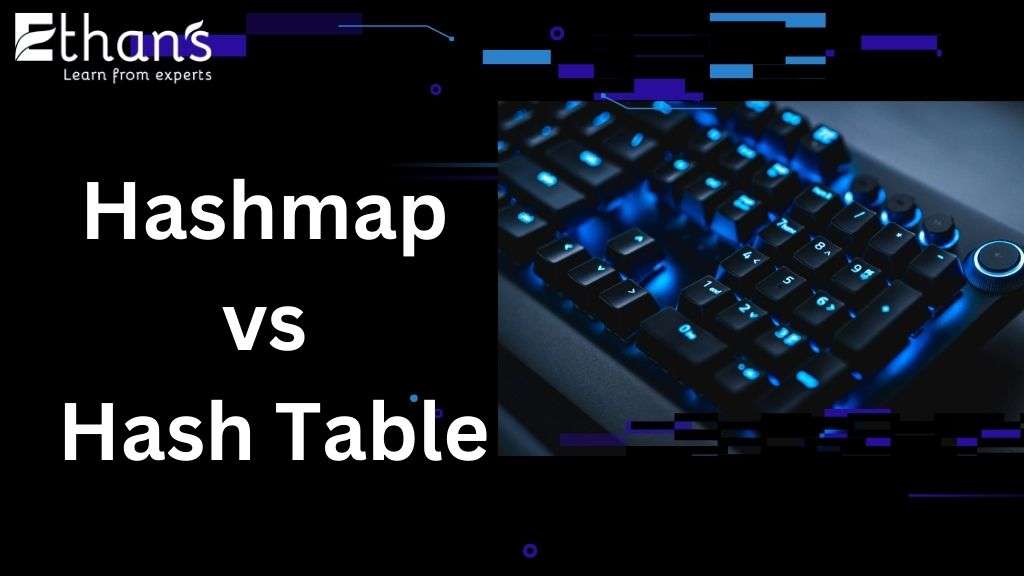Introduction
Hashing is a technique used in computer science to store and retrieve data in a fast and efficient manner. Hashing involves converting a key into an index in an array, where the data associated with that key can be stored. The two most commonly used hash-based data structures are hash table and hashmap. Both these data structures have their own unique set of features and trade-offs.
What is a HashMap?
A HashMap is a data structure that is used to store key-value pairs. It uses a hash function to compute an index into an array of buckets or slots, from which the desired value can be found. A HashMap is also known as a hash map, map, dictionary, or associative array. In a HashMap, keys are unique, but values can be duplicated.
What is a Hash Table?
A Hash Table is a data structure that uses a hash function to map keys to index values in an array. It stores key-value pairs in a bucket, where the index of the bucket is determined by the hash code of the key. Hash Tables are also known as hash maps, maps, dictionaries, or associative arrays. In a Hash Table, keys are unique, but values can be duplicated.
Differences Between HashMaps and Hash Tables
Data Structure
The main difference between HashMaps and Hash Tables is their underlying data structure. HashMaps are implemented using an array of linked lists, where each element in the array is a linked list of key-value pairs. Hash Tables, on the other hand, use an array of buckets, where each bucket is a key-value pair.
Performance
When it comes to performance, both HashMaps and Hash Tables offer constant-time search, insertion, and deletion operations on average. However, the performance of both structures can degrade in the case of collisions. In HashMaps, collisions are handled by chaining, where multiple key-value pairs are stored in the same bucket using a linked list. In Hash Tables, collisions are handled by open addressing, where a different bucket is selected for the key-value pair using a secondary hash function.
Collision Handling
As mentioned earlier, both HashMaps and Hash Tables can suffer from collisions. The main difference in collision handling lies in the method used to resolve them. In HashMaps, collisions are resolved using chaining, where multiple key-value pairs are stored in the same bucket using a linked list.
In Hash Tables, collisions are resolved using open addressing, where a different bucket is selected for the key-value pair using a secondary hash function.
Order of Keys
In a hash table, the keys are stored in sorted order, which means that iteration over the keys will always return them in the same order. In contrast, the keys in a hash map are not stored in any particular order.
Memory Consumption
Hash tables typically require more memory than hash maps, as each bucket needs to store both a key and a value. In contrast, hash maps only store the value in an array, which results in less memory consumption.
Thread Safety
Hash tables are typically thread-safe, which means that they can be accessed by multiple threads concurrently without causing data corruption. In contrast, hash maps are not inherently thread-safe, and additional synchronization is required to prevent data corruption.
When to Use Hash Tables vs Hash Maps
Use Hash Tables When:
- You need the keys to be stored in sorted order
- You need thread-safe access to the data structure
Use Hash Maps When:
- You need faster performance
- You have memory constraints
- You don’t require the keys to be stored in sorted order
Both hash tables and hash maps are valuable data structures that can be used to efficiently store and retrieve key-value pairs. While they have some similarities, they also have some key differences that set them apart. When deciding which to use, it is important to consider the specific requirements of your use case.

